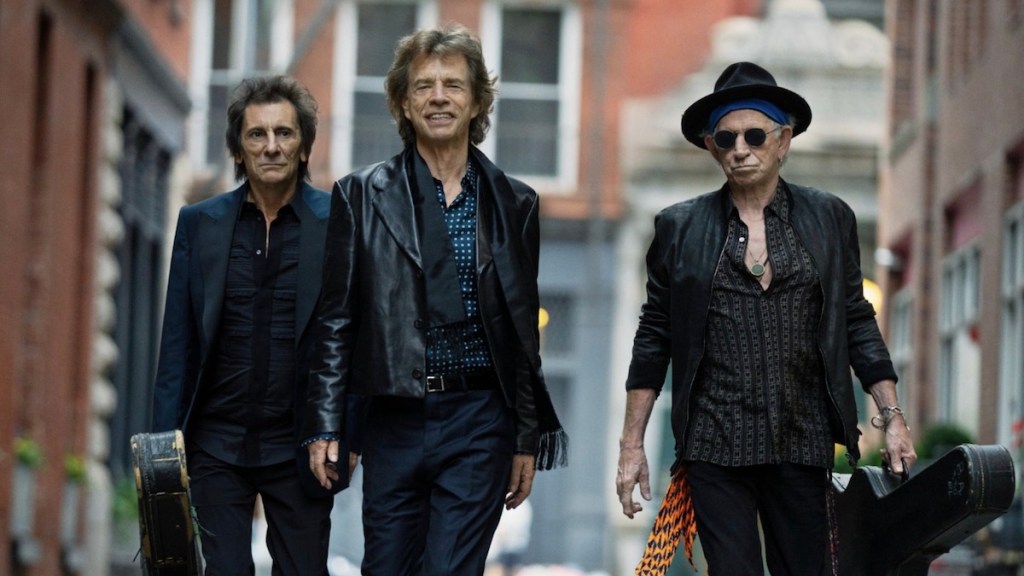Editor’s Note: Learn how to buy tickets to The Rolling Stones’ 2024 tour here.
For only the third time in the 21st century, The Rolling Stones are back with a set of newly recorded material, Hackney Diamonds. Following the back-to-basics ethos of 2005’s A Bigger Bang and 2016’s collection of Chicago blues covers, Blue & Lonesome, Hackney Diamonds arrives as the final entry in this late-stage trilogy — the third record in a row of solid, if inessential, blues rock that, much like the two previous LPs, is sure to garner praise as ‘the best Stones album in years‘ thanks to the band ‘rediscovering their ’70s spunk.’
In reality, The Rolling Stones fell back on their blues rock roots two decades ago. The days of Mick Jagger attempting to keep up with modern trends are long gone; the boys are seemingly content to play the hits and embrace their roles as classic rock icons. For the most part, Hackney Diamonds upholds such a status, convincingly hiding their age and proving that they’ve still got the spirit of the blues hiding somewhere within them. And for a band that already has five-plus canonized classics under their belt, what else can fans really ask for?
The act is essentially in a class of their own — a giant of rock music’s past that has avoided breakups, elongated touring hiatuses, and painful live performance. So, a fan-pleasing record that serves to uphold their untouchable legacy stands as a resounding success. Sure, it’d be wonderful for the Stones to drop their version of Blackstar, but after wining a few championships, consistently making the playoffs is nothing to sneeze at.
Lead single and opening track “Angry” attempts to prove that the Stones have retained their capabilities to rock, roll, and strut with swagger. Featuring blues licks upon blues licks and Jagger offering up surprisingly youthful snarls, the band, at the very least, passes for aging rockers in their 50s rather than their 80s. Later tracks like “Get Close” and “Bite My Head Off” set their sights on similar goals, also employing distorted guitar stabs and pounding rock drums.
What keeps these tunes from hitting the bullseye of “classic Stones,” however, is an uncanny sleekness. The band’s most heralded material, while skillfully performed, boasted a certain sense of looseness and grit, like the song could fall apart under its own weight at any moment. It’s what imbues those tracks with such excitement — that and Jagger’s snake dance. The sheen of studio perfection counterintuitively strips the band of their magic. That was The Beatles gig, The Rolling Stones are supposed to raise hell and take names.
Such unwelcome cleanliness often rears its head the most at the turn of the chorus; hear it on the hook of the Brit-poppy “Whole Wide World” or the disco-tinged “Mess It Up.” Maybe it’s a little too much compression, maybe the takes were quantized, maybe it’s a side effect from whatever miracle elixir Jagger takes to maintain such high levels of energy in his golden years, but the result is a batch of songs that sound remarkably safe.








